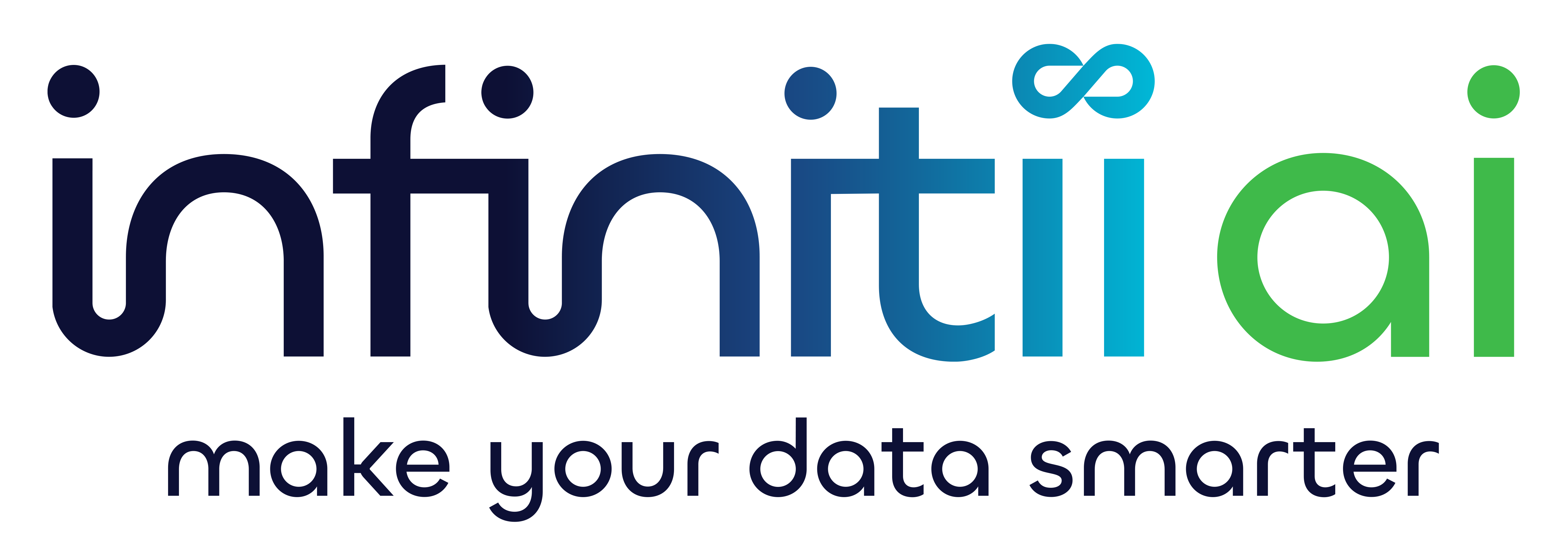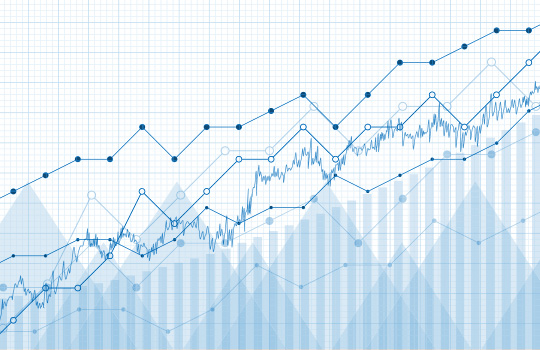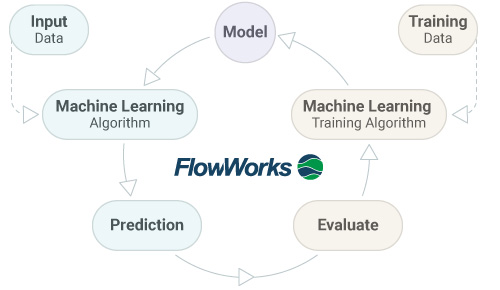What is Machine Learning?
This simplistic form of artificial intelligence (AI) provides systems with the ability to automatically learn and improve from experience without being explicitly programmed.
AI focuses on the development of computer programs that can access data and use it to learn for themselves. It looks for patterns in data and makes better decisions in the future based on the examples provided.
The primary aim is to allow the computers to learn automatically without human intervention or assistance and adjust actions accordingly.



